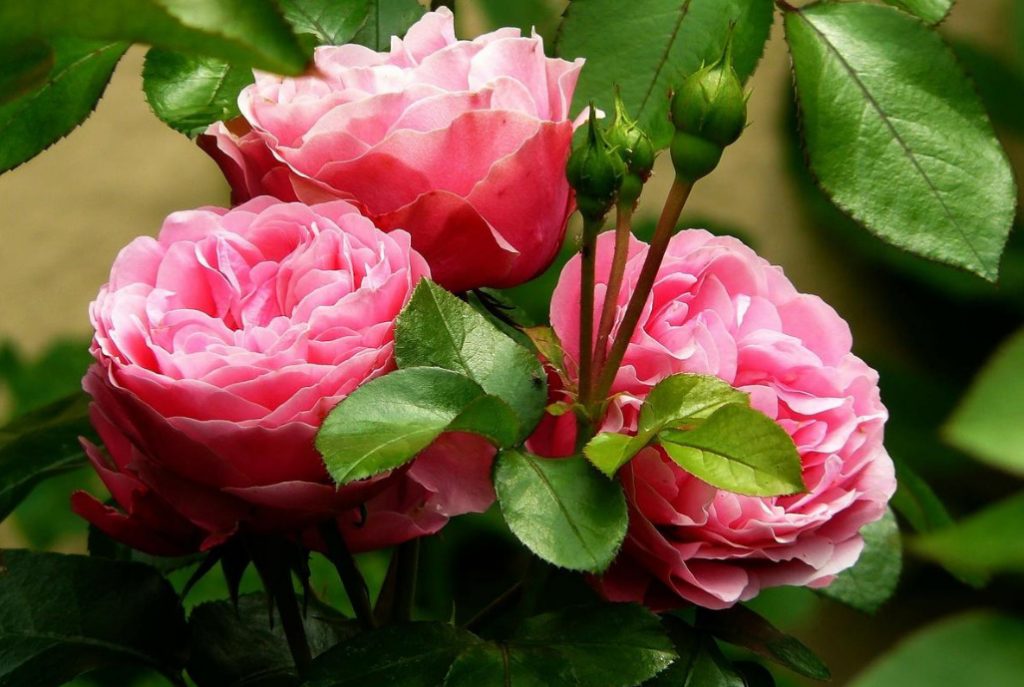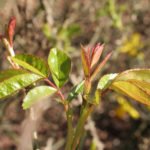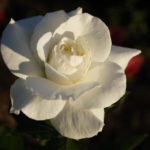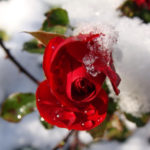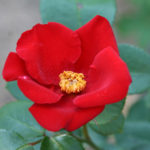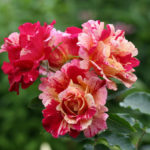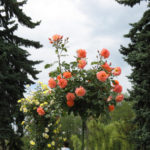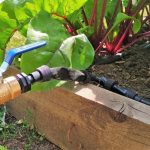Summer is the time for roses to bloom. But the Queen of the garden, to look truly Regal, needs good care. Let’s talk about mandatory summer work in the rose garden.
Loosening and weed control
The roots of roses need oxygen, so the top layer of soil in planting should always be loose. Hardened and cracked soil after heavy rain or watering is the most important sign of poor care of roses. Loosening is carried out systematically, to a depth of about 5 cm, carefully, trying not to damage the roots. In addition to possible infections, root damage contributes to the formation of wild shoots (rootstock shoots).
Weed control is an eternal problem for any gardener. They not only take away food and water, make it difficult for leaves and buds to access the light, but can turn the pride of your garden into a wild thicket in a short time. Annual weeds grow annually from seed, have shallow roots and are relatively easy to die when loosening and weeding. The situation is worse with perennial weeds.
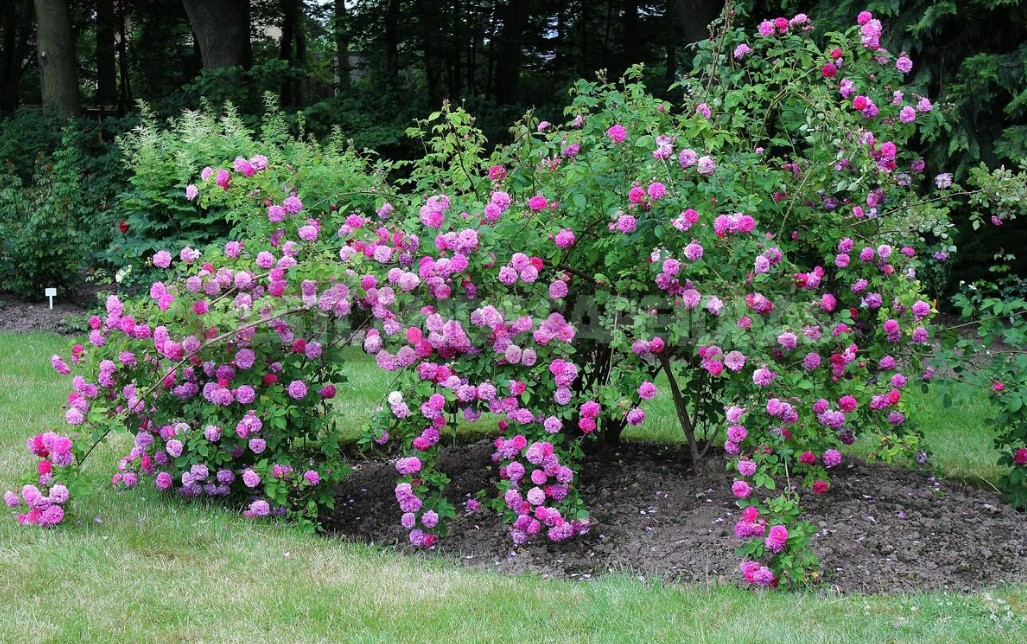
The main fight against dandelion, Elymus repens, Sonchus, Aegopodium, Convolvulus arvensis and others should be carried out at the stage of soil preparation (removal of rhizomes during digging and by sifting the earth). The use of herbicides in private gardens is undesirable. Even if handled carefully, they pose a threat to cultivated plants and the natural environment in General. If you can devote at least one hour a week to weed control, you will be able to keep this problem under control.
Mulching
Covering the soil surface with a layer of organic or mineral material is called mulching. Recently, this term is used very often, sometimes there are up to a dozen positions in its favor, some of which are difficult to disagree with (reducing evaporation and overheating of the soil, in some cases – additional nutrition and enrichment of the upper layer with soil bacteria). As mulching materials, it is proposed to use rotted manure, garden compost, leaf humus, peat, crushed tree bark, sawdust, shavings, mown grass, straw, sand, gravel, granite chips, nut shells, various polymer films, etc.
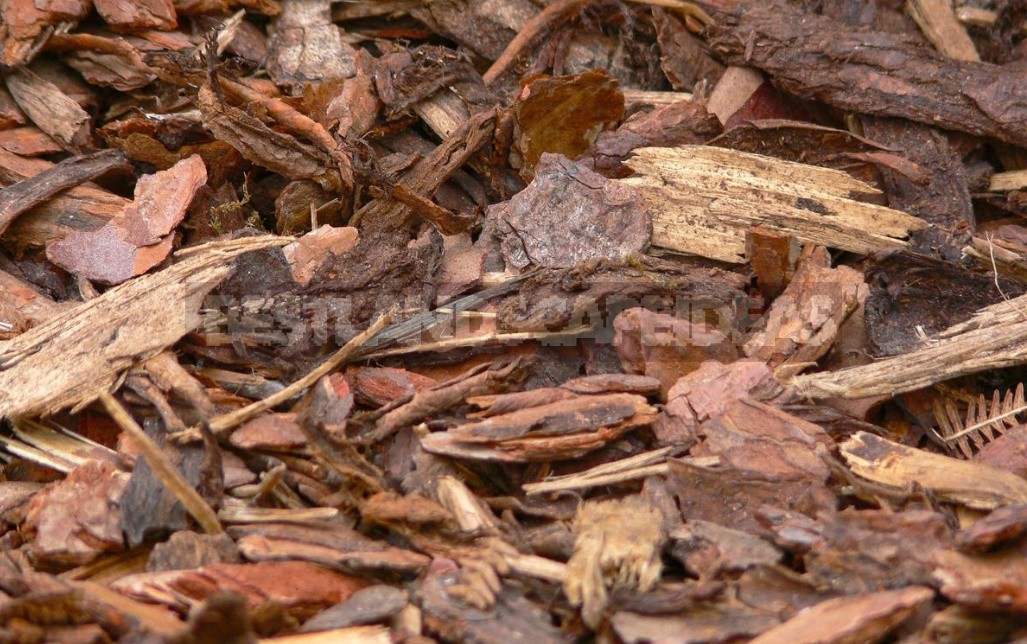
Mulching material is poured (without touching the shoots) with a layer of 5-8 cm in the spring, after pruning and fertilizing the plants. Previously, the soil is loosened and weeds are weeded. In the autumn, after the decomposition of the mulching layer, it is recommended to mix it with the top layer of soil when loosening, and repeat the mulching in the spring. In practice, if the mulching of pink plantings is carried out systematically, then even useful, decomposing mulch (at least most of it) must be raked, loosened the soil and remove weeds, fertilize and then pour a new mulch. Otherwise, soon the flowerbeds will be raised, and the planting of bushes is buried. This will harm the plants, and the flowerbeds, especially along their borders, will look untidy.
In most cases, it is not possible to use mulch that is useful for the soil as a means of controlling weeds. Adding rotted manure, leaf humus, or garden compost often increases soil contamination, because these materials are not sterile and provide a fertile environment for effective weed growth. Materials that do not have nutritional value, useful for pink planting do not consider, and some (peat, tree bark, sawdust, films) can do more harm than good. The use of various mulching materials may be more effective in large areas (in nurseries), where labor intensity is reduced by reducing the number of watering and loosening.
Irrigation
Roses are generally hardy plants. Grafted roses have powerful roots that can provide the plant with moisture due to deeper subsurface layers. However, in hot and dry summers, watering plants is necessary.
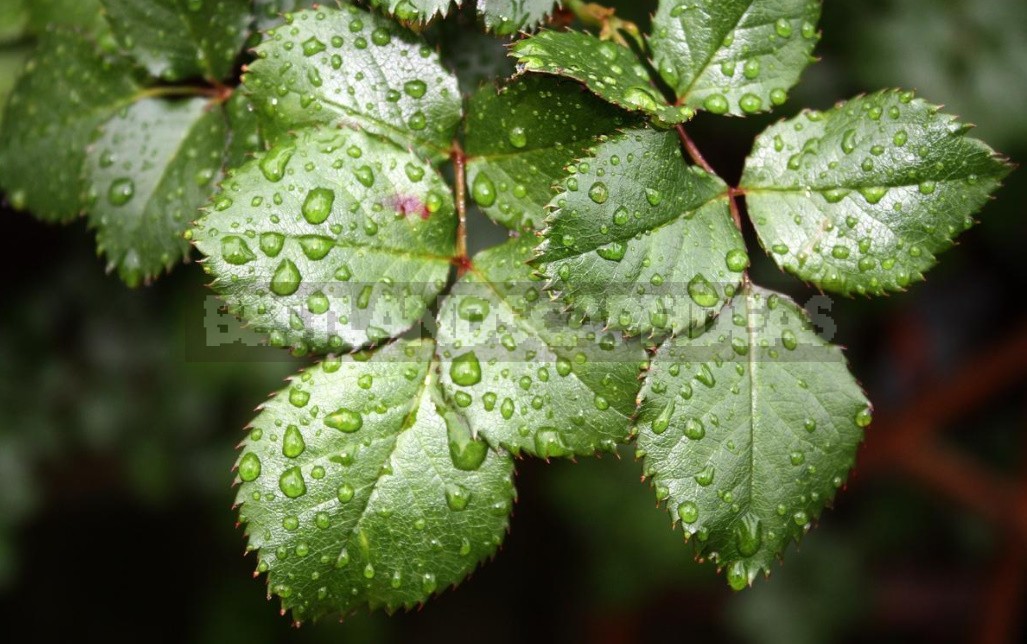
A few simple watering tips that are important when growing roses.
- Watering should be plentiful, minor watering slows the growth of roots in depth and leads to the formation of a weak, superficial root system, which is insufficient for full growth and flowering of the Bush. In addition, such roots are easily damaged when loosening and are less hardy. Optimal can be considered weekly watering at the rate of 1-2 watering cans for an adult Bush, depending on the composition of the soil and weather conditions.
- Roses are not watered with cold water, the cooled roots lose their ability to absorb water and mineral nutrition. Even on fertile soils with this watering, roses can look depressed for no apparent reason. Systematic watering with cold water can sometimes serve as the main cause of mass disease of roses with black spot.
- For watering roses, it is better to use rainwater.
- Sprinkling roses is harmful. You need to water the roses at the root so that water does not fall on the leaves, otherwise there is a threat of fungal diseases.
- The best time for watering is in the morning and evening hours.
- When watering is necessary to avoid erosion of roots and soil compaction.
- At the end of summer, watering should be reduced so as not to stimulate the growth of new shoots, which may not have time to Mature and winter poorly.
Removing wild shoots
Sometimes grafted roses below the grafting site or from the roots appear shoots of rootstock (wild growth). They develop so rapidly that, if no measures are taken to combat them, they can weaken and even replace the cultural variety. This growth often appears on a weakened plant, as well as with insufficient compaction of the soil around the roots when planting or damage to the roots when loosening. Sometimes wild shoots appear at some distance from the Bush.
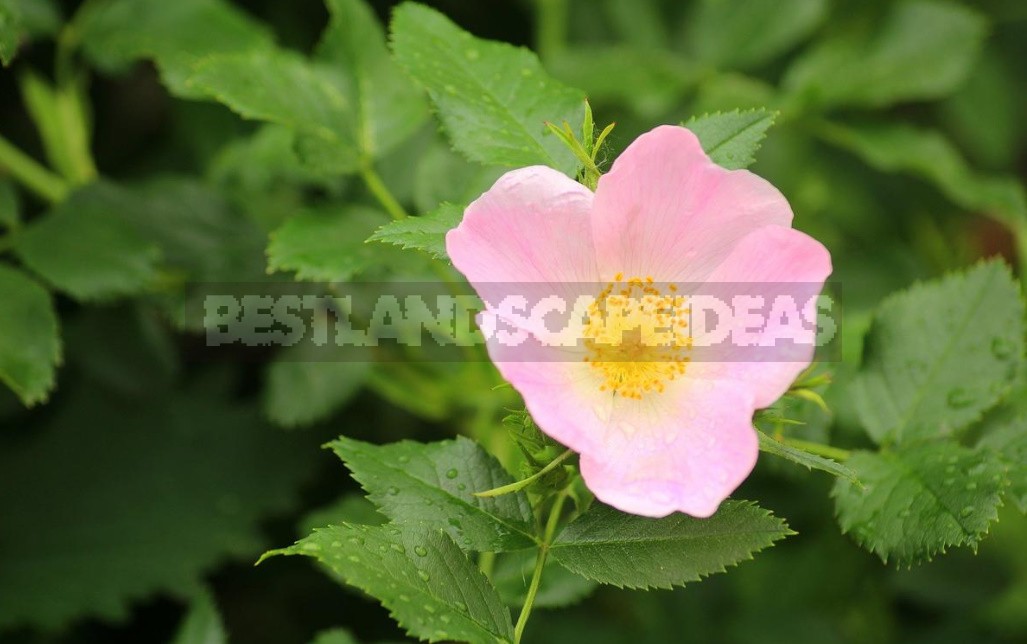
It is not difficult for an experienced rose grower to distinguish a wild escape, but beginners usually find it difficult. Wild shoots have light green leaves consisting of 7 small narrow and long leaves, and the shoots have more spikes. Most modern garden roses (however, not all) have a complex leaf consisting of 5 leaves. In cultivated varieties, the leaves (even if there are also 7) are larger, rounded or elliptical in shape.
Remove the growth completely, at the base, while grabbing a little bark or scraping traces of growth from the root or root neck. To do this, you need to dig up the ground around the escape that causes suspicion, and find its base. Improper removal of wild shoots significantly stimulates their growth.
On stem roses, in addition to the basal ones, wild shoots may appear on the trunk. Germinating buds on the stem are clearly visible, they should be broken out as they appear. Root shoots are removed when digging.
